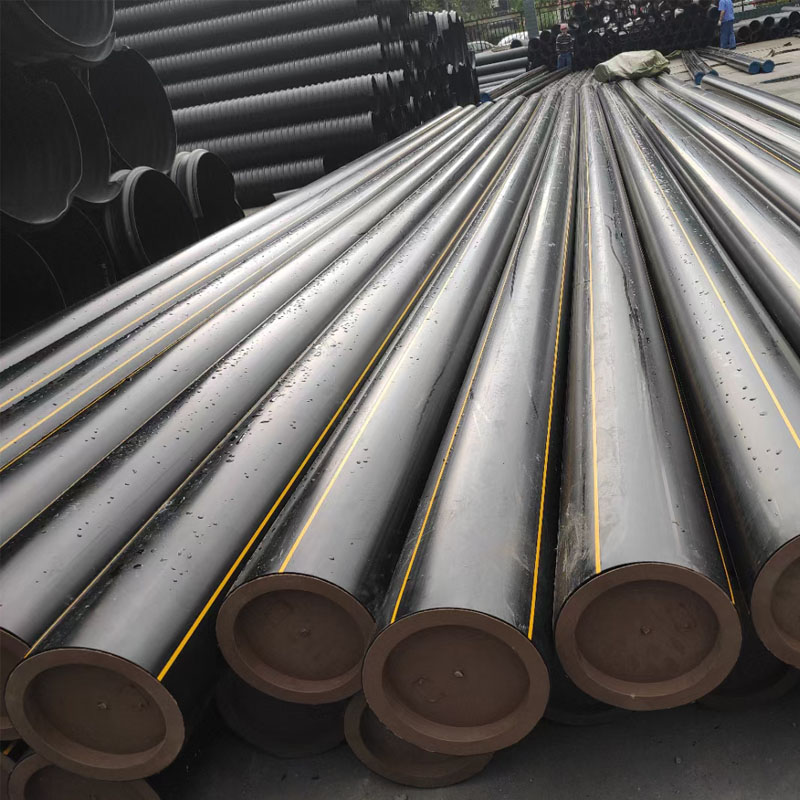Jul . 27, 2024 20:08 Back to list
Exploring Different Types and Sizes of PVC Pipes Manufactured for Various Applications and Needs
Understanding PVC Pipe Types and Sizes A Guide for Manufacturers
Polyvinyl Chloride (PVC) pipes are pivotal in various applications, ranging from plumbing and construction to agriculture and drainage systems. Their popularity arises from their durability, corrosion resistance, and affordability. In this article, we explore the different types and sizes of PVC pipes produced by manufacturers and the considerations that come into play when selecting the right type for a specific application.
Types of PVC Pipes
1. Schedule 40 PVC Pipes Schedule 40 PVC pipes are among the most common types used for residential and commercial plumbing. They have a medium thickness and can handle moderate pressure, making them suitable for water supply lines and irrigation systems. The pipe's nominal size ranges from ½ inch to 12 inches in diameter.
2. Schedule 80 PVC Pipes For applications requiring increased pressure resistance, manufacturers offer Schedule 80 PVC pipes. These pipes have a thicker wall compared to Schedule 40 and can withstand higher pressure levels. Schedule 80 pipes are ideal for industrial applications, chemical processing, and high-pressure water lines due to their robustness.
3. PVC DWV Pipes Drain, Waste, and Vent (DWV) pipes are specifically designed for drainage systems. These pipes facilitate the removal of wastewater and are characterized by their larger diameter and deeper bell-shaped fittings, which help effectively channel waste away from buildings. DWV pipes typically do not handle high pressure but are essential for plumbing systems.
4. PVC Pressure Pipes These pipes are manufactured for applications requiring high pressure, often found in irrigation systems and potable water distribution. Pressure-rated PVC pipes are appropriately marked to indicate their specific pressure ratings (such as 160 psi). They come in various sizes, making them versatile for different projects.
5. PVC Conduit Pipes Used primarily for electrical applications, PVC conduit pipes protect electrical wiring throughout buildings. These pipes are lightweight and offer excellent moisture resistance, making them suitable for underground installations and exterior applications.
pvc pipe types and sizes manufacturers

Pipe Sizes
PVC pipes come in various sizes to accommodate different applications. The size of a PVC pipe refers to its diameter, ranging from as small as ½ inch to as large as 48 inches for specialty applications.
1. Diameter The nominal diameter indicates the standard size of the pipe, with actual dimensions varying to accommodate wall thickness. This is crucial for ensuring proper fittings and connections in a plumbing system.
2. Length Most manufacturers provide standard lengths of PVC pipes, typically ranging from 10 feet to 20 feet. However, custom lengths can be ordered, which can help reduce joints and fittings, minimizing potential leak points.
3. Fittings and Accessories Along with the pipes themselves, manufacturers produce a variety of fittings and accessories, such as elbows, tees, and connectors, to ensure proper assembly and functionality of the system. These fittings must correspond to the size and type of pipe being used.
Considerations for Manufacturers
When sourcing PVC pipes, manufacturers must consider several factors such as chemical compatibility, pressure specifications, and environmental conditions. Moreover, compliance with local codes and regulations is essential, as many regions have specific requirements for water supply and drainage systems.
In conclusion, understanding the different types and sizes of PVC pipes is essential for manufacturers and professionals in various industries. By selecting the appropriate type of pipe and ensuring proper sizing, you can enhance the efficiency, safety, and longevity of your applications. As technology advances and new materials emerge, staying informed about innovations in PVC pipe manufacturing will be crucial in maintaining competitive and effective operations.
-
High-Quality CPVC Pipes Reliable DN25 PPR Hot Water Pipes for Kitchen Service Leading Manufacturer
NewsJul.06,2025
-
HDPE Electrofusion Fittings Manufacturer Reliable HDPE Conduit Fittings Service
NewsJul.05,2025
-
High-Quality UPVC Drain Pipes Durable HDPE Drain Pipes & More Reliable Drainage Solutions
NewsJul.05,2025
-
HDPE Elbow Supplier & PPR Pipe Elbow Manufacturers - High Quality Fittings
NewsJul.05,2025
-
High Quality PVC Perforated Pipes for Drainage Reliable Manufacturers & Factories Supply
NewsJul.04,2025
-
High-Quality PP Compression Fittings Reliable HDPE Compression Fittings Manufacturer
NewsJul.04,2025

